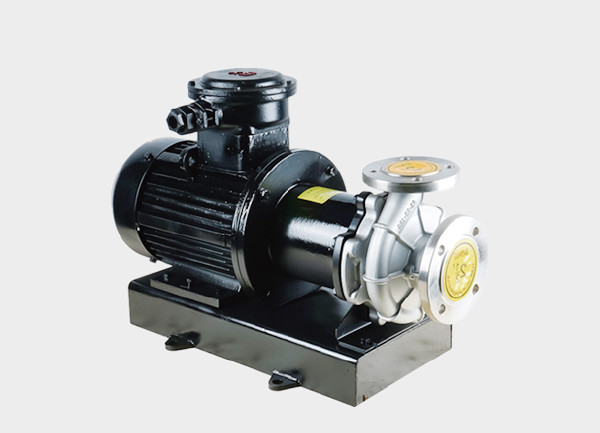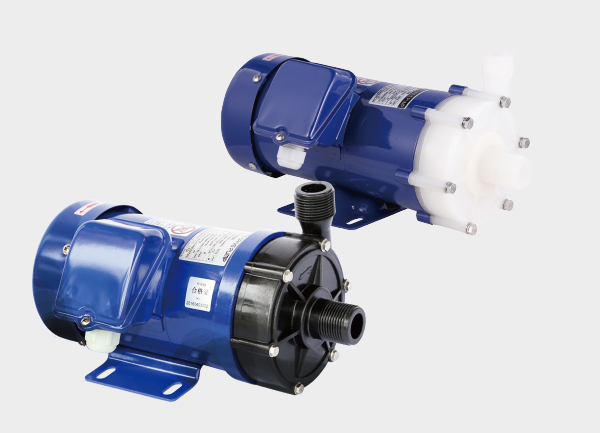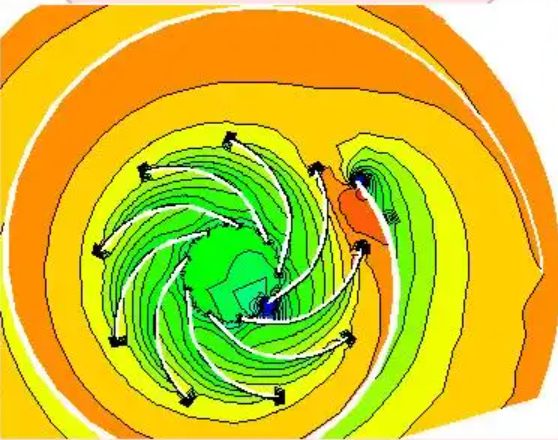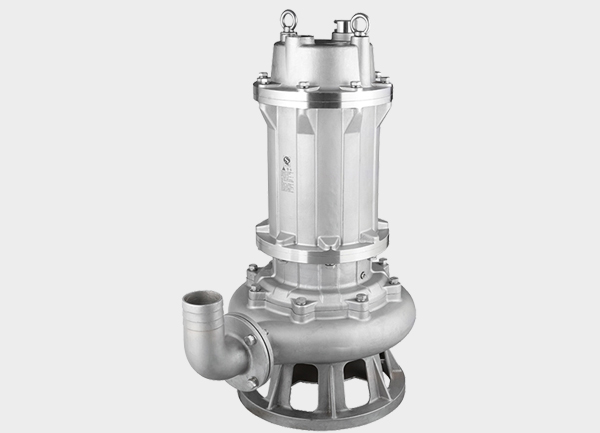Selecting a centrifugal pump is not just about matching numbers on a datasheet — it requires a clear understanding of process requirements, fluid characteristics, efficiency, and cost-effectiveness. A poor selection can lead to energy waste, frequent breakdowns, or even catastrophic system failure.
This step-by-step guide explains the key parameters, performance considerations, material choices, and common mistakes to avoid when selecting a centrifugal pump.
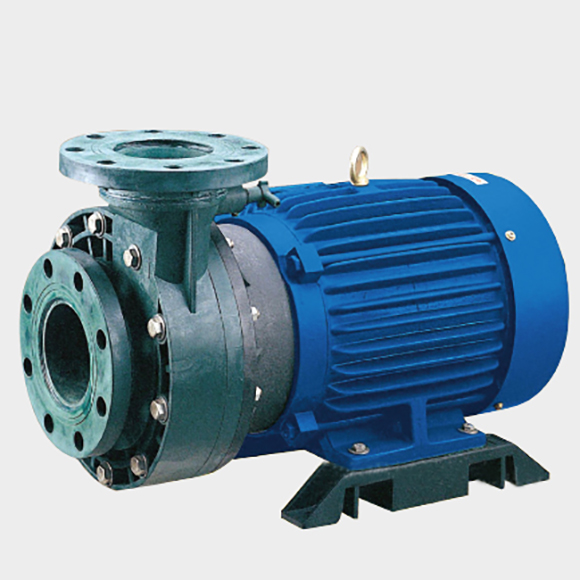
1. Define Core Process Parameters (Foundation of Pump Selection)
Three parameters form the basis of any centrifugal pump selection. Errors here directly result in system inefficiency or pump failure.
a) Flow Rate (Q) – The Volume of Fluid to Be Pumped
Definition: Volume (m³/h) or mass of fluid transferred per unit time.
Design rule: Always size for maximum hourly flow rate, not the average.
Calculation:
Continuous process: If a plant needs 50 m³/h of water, select 50 m³/h (plus safety margin).
Batch process: If filling a 10 m³ tank in 1 hour, required flow ≥10 m³/h.
Safety margin: Add 5–10% extra for system fluctuations. For slurry or crystallizing fluids, increase to 10–15%.
b) Total Head (H) – The Energy Needed to Overcome System Resistance
Head is expressed in meters (10 m ≈ 0.1 MPa). It includes:
Static Head (Hₛ): Vertical lift between suction and discharge.
Friction Losses (Hf): Pipe length, diameter, valves, fittings, viscosity effects. Estimate as 10–20% of static head.
Discharge Pressure (Hp): Required outlet pressure, e.g., a reactor needing 0.2 MPa ≈ 20 m head.
Safety Margin (Hₑ): Add 10–15%.
📌 Example:
Static head = 10 m
Friction losses = 5 m
Discharge pressure = 10 m
Total head = 10 + 5 + 10 + (10+5+10)×10% ≈ 28.5 m → Choose pump ≥30 m head.
c) Fluid Properties – Dictates Pump Material & Design
Corrosiveness:
Water → cast iron/steel
Weak acid/alkali → 304 stainless steel
Strong acid/alkali → 316L stainless steel / Hastelloy
Hydrofluoric acid → PTFE-lined pump
Solids/Particles:
Clean liquid → closed impeller
Fine solids ≤1 mm, ≤5% → semi-open impeller
Large solids ≥1 mm, ≥10% → open impeller with wear-resistant alloys
Viscosity:
≤50 cSt → centrifugal pump
50 cSt → corrected pump selection
200 cSt (asphalt, oils) → use rotary pump instead
Volatility / Cavitation Risk:
Check NPSH (Net Positive Suction Head)
Ensure NPSHa ≥ NPSHr of the pump
Temperature:
≤80℃ → standard seal
80–200℃ → high-temperature mechanical seal + cooling
200℃ → heat-resistant steel + metal bellows seal
2. Match the Pump’s Performance Curve
Each pump has a Q-H (flow vs. head) curve. The operating point must fall within the Best Efficiency Point (BEP) zone (typically 80–100% of peak efficiency).
Select models that match required Q and H.
Verify your operating point lies in the high-efficiency zone.
Example: Requirement Q=50 m³/h, H=30 m. If pump curve’s efficiency zone covers 40–60 m³/h, 28–35 m head, then suitable.
3. Choose Pump Design & Sealing Options
Pump Orientation
Horizontal pumps: Stable, easy maintenance, cheaper. Suitable for plants with floor space.
Vertical pumps: Space-saving, can be mounted on tanks, harder to maintain. Used in buildings, tank systems.
Sealing Methods
Packing seal: Low cost, leaks allowed. Use in clean water/agriculture.
Mechanical seal: Nearly leak-free, long life, but more expensive. Essential for toxic, flammable, or valuable fluids.
Magnetic drive (seal-less): Zero leakage, best for hazardous/ corrosive fluids, but unsuitable for viscous or solid-laden media.
Auxiliary Configurations
Cooling system: Required for fluids >100℃.
Strainers/filters: Protects impeller/seals from solids.
Variable frequency drive (VFD): Adjusts pump speed, saves 20–50% energy under fluctuating demand.
4. Check Efficiency, Cost, and Reliability
Energy efficiency: A 10% efficiency difference can save thousands annually in electricity costs.
Maintenance: Choose pumps with standardized seals/bearings and local service availability.
Material balance: Avoid over-specification. For pH 6–8 cooling water, 304 SS is sufficient (no need for costly 316L).
Manufacturer: Prefer ISO 9001-certified brands with proven industry references.
5. Common Mistakes to Avoid
Ignoring efficiency curve: Leads to high noise, vibration, and energy loss.
Oversizing head (“bigger is better”): Causes throttling losses of 20–30%.
Ignoring cavitation (NPSH): Results in impeller damage and flow collapse.
Wrong material choice: e.g., cast iron pump with corrosive liquid → early failure.
6. Centrifugal Pump Selection Workflow
Define flow rate + margin.
Calculate total head (static + friction + pressure + margin).
Analyze fluid properties (corrosion, solids, viscosity, temperature).
Select pump curve ensuring BEP operation.
Choose orientation, seal type, and auxiliaries.
Compare efficiency, lifecycle cost, and supplier credibility.
Confirm with manufacturer’s technical team before purchase.
✅ Final Takeaway
By following this structured approach, you can ensure your centrifugal pump is:
Matched to process conditions
Energy-efficient
Safe and leak-proof
Reliable with long service life
Correct pump selection prevents costly downtime and reduces total operating expenses.



